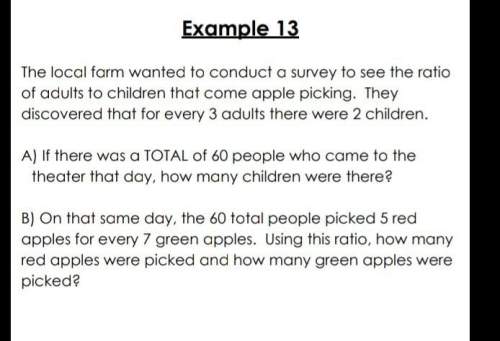
Mathematics, 12.04.2021 22:30 damilysgonzalez2
Consider the function f(x)=√(x+1).
Let Tn be the nth degree Taylor approximation of f(10) about x=8.
Find:
(a) T1
(b) T2
Use 3 decimal places in your answer, but make sure you carry all decimals when performing calculations T2 is an over (over/under) estimate of f(10). If R2 is the remainder given by the Lagrange Remainder Formula:
|R2|≤.

Answers: 1


Another question on Mathematics

Mathematics, 21.06.2019 20:20
Which of the following best describes the delian problem?
Answers: 3

Mathematics, 21.06.2019 20:30
What is always true about a positive integer raised to a negative odd power?
Answers: 1

Mathematics, 21.06.2019 21:30
Acyclist bike x distance at 10 miles per hour .and returns over the same path at 8 miles per hour.what is the cyclist average rate for the round trip in miles per hour ?
Answers: 1

Mathematics, 21.06.2019 22:00
Find the maximum value of p= 4x + 5y subject to the following constraints :
Answers: 3
You know the right answer?
Consider the function f(x)=√(x+1).
Let Tn be the nth degree Taylor approximation of f(10) about x=8...
Questions







Computers and Technology, 29.08.2019 17:10


Computers and Technology, 29.08.2019 17:10

Engineering, 29.08.2019 17:10





Health, 29.08.2019 17:10




Computers and Technology, 29.08.2019 17:10




